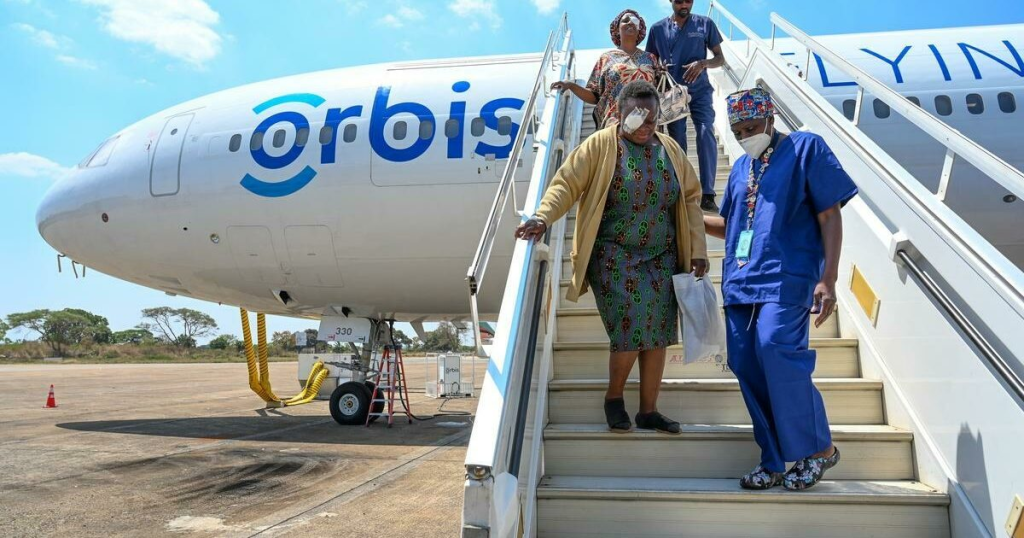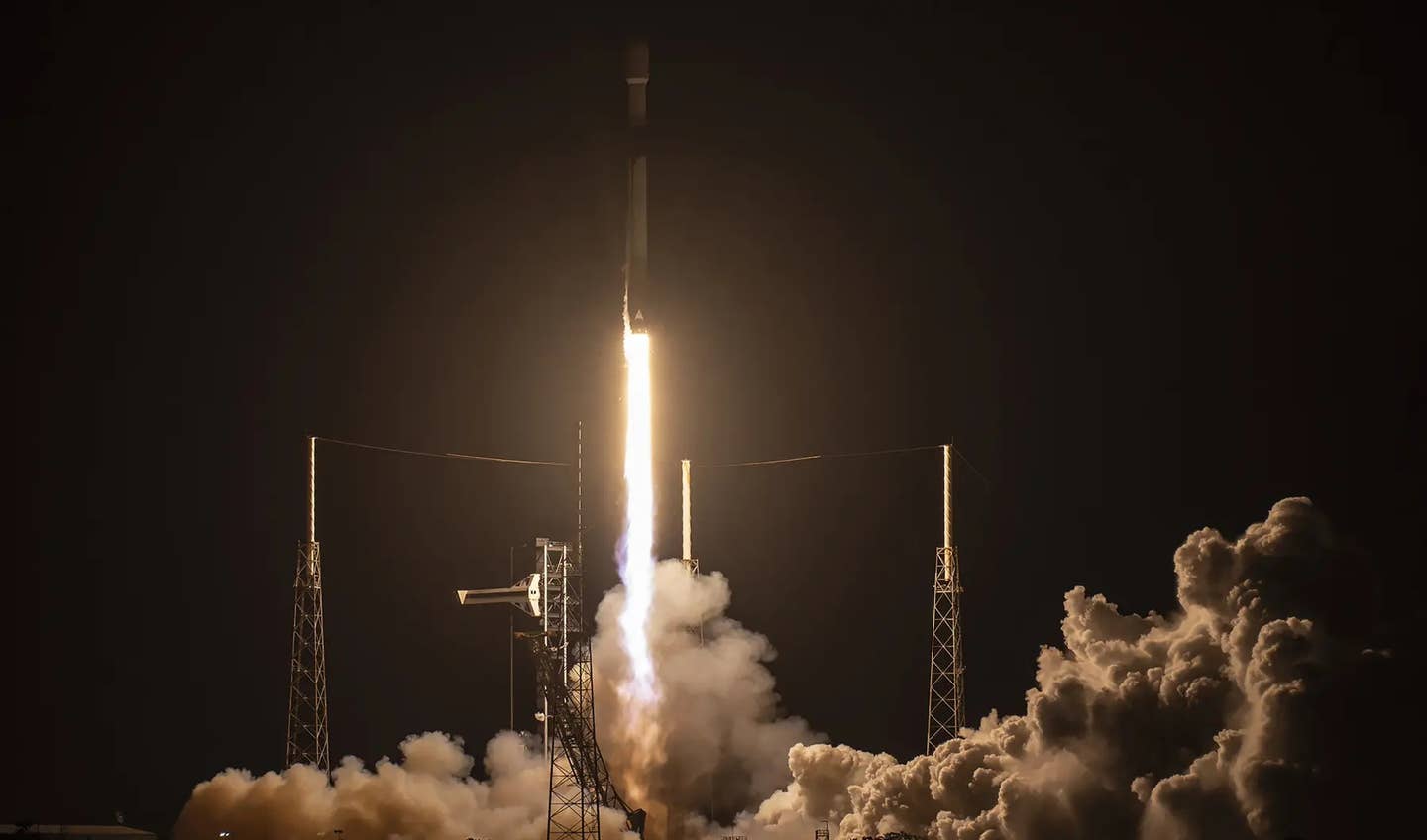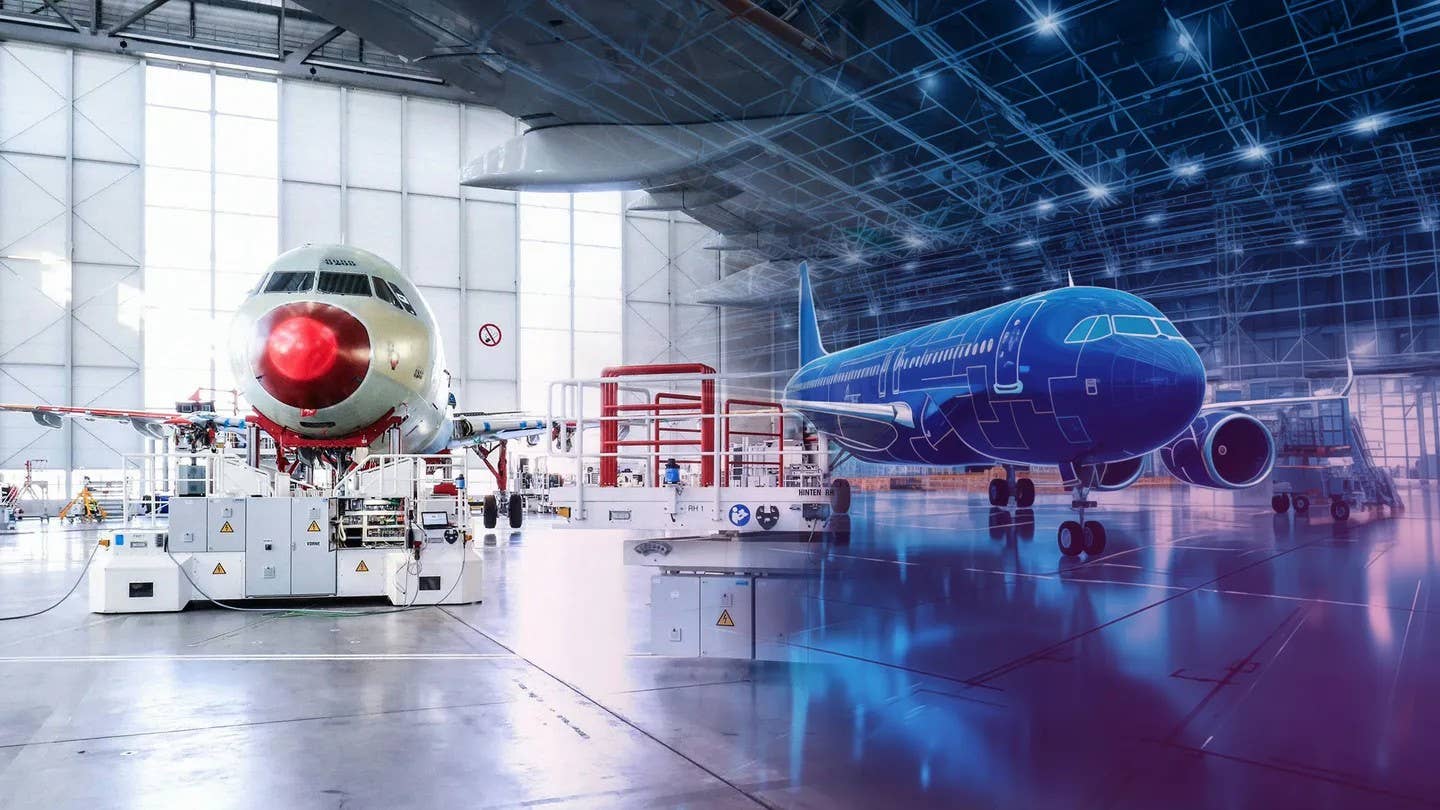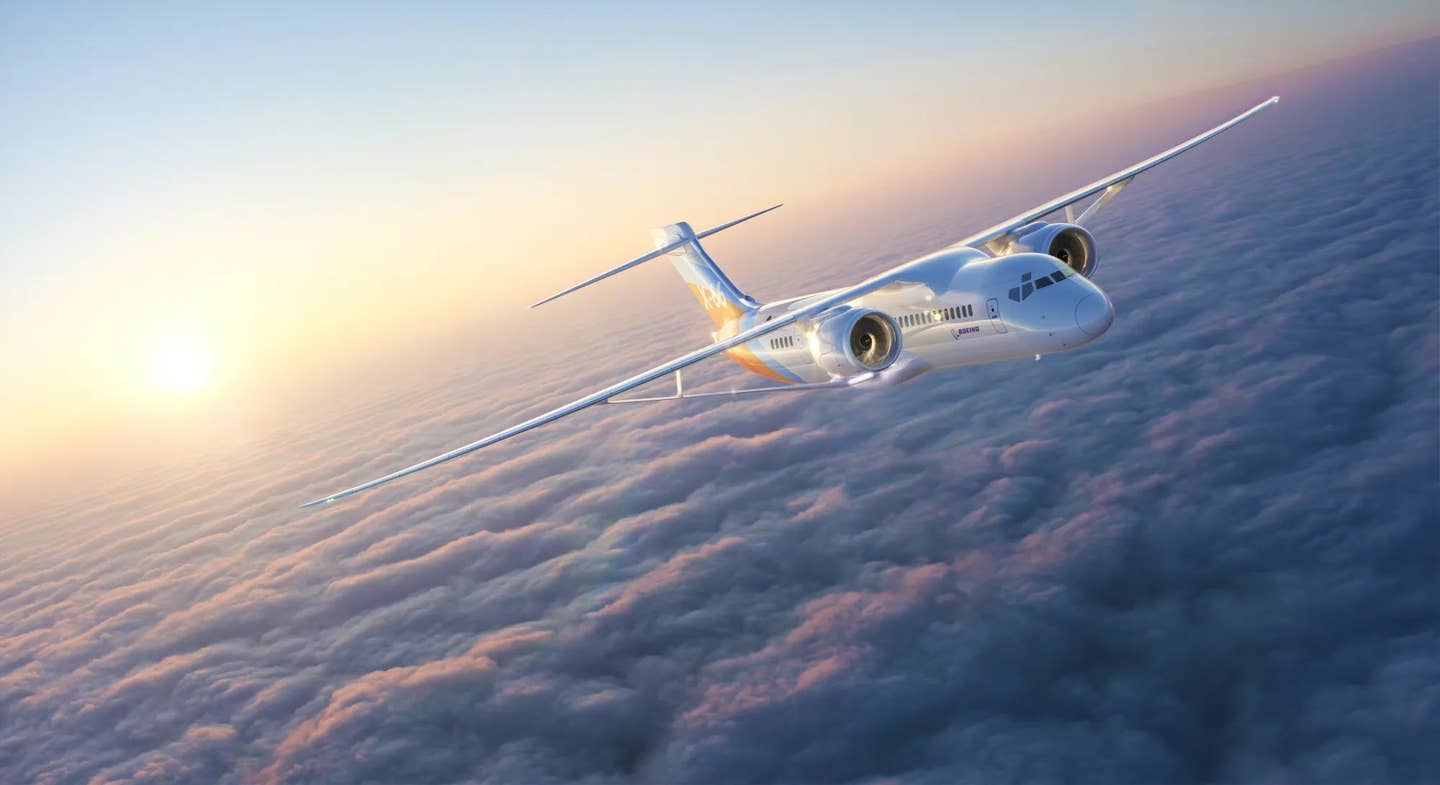Airflow, Pipistrel Partner For eSTOL Concept
Under partnership, Pipistrel to supply motors, batteries and motor controllers for Airflow’s proof-of-concept aircraft.
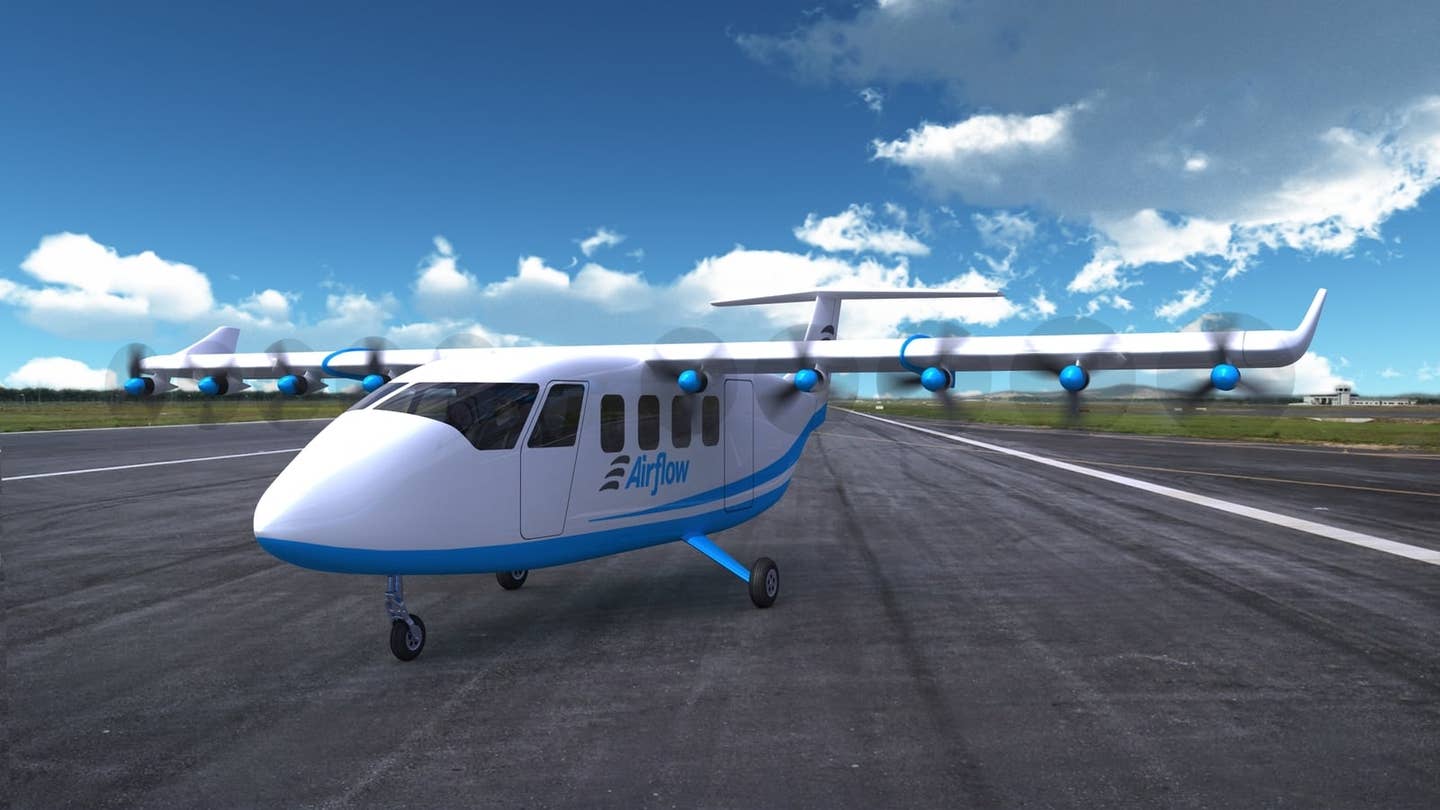
Airflow says it aims to bring eSTOL capabilities to the passenger and middle-mile market. Airflow
Airflow has boosted its efforts to build a next-gen electric short takeoff and landing (eSTOL) aircraft by partnering with light aircraft manufacturer Pipistrel.
Through the new partnership, Pipistrel will supply electric motors, motor controllers, and batteries as the two companies explore collaborating on electric propulsion for Airflow’s proof-of-concept aircraft, the aerospace company announced.
The announcement comes less than three weeks after Airflow partnered with Honeywell International Inc. through a memorandum of understanding to explore integrating Honeywell’s IntuVue RDR-84K radar system into its eSTOL aircraft.
Airflow was launched two years ago by a group of five former team members of Airbus’s Vahana all-electric vertical take-off and landing aircraft program, and says it aims to bring eSTOL capabilities to the passenger and middle-mile market.
Partnering with Pipistrel—the maker of the first and only type-certificated electric airplane in the world—will help them get there, according to a top official of the San Francisco Bay area-based company.
“Pipistrel’s pioneering work in electric flight and their industry-leading experience in building and certifying powertrains for electric aircraft makes them an ideal partner to help us build and fly a first-of-its kind eSTOL airplane,” Marc Ausman, CEO and co-founder, Airflow, said in a statement.
“They understand and can meet the challenges of a high-performance system with the reliability and safety requirements of the aerospace industry.”
In late September, Slovenia-based Pipistrel Aircraft won the Aircraft Design Award from the American Institute of Aeronautics and Astronautics (AIAA), for its environmentally friendly Velis Electro. The zero-greenhouse emissions aircraft is powered by two lithium-ion batteries with a total capacity of 24.8 kWh, according to Pipistrel’s website. The batteries will power the airplane for up to 50 minutes (plus reserve) at a cruise speed of 90 kcas (104 mph) and a maximum takeoff weight of 600 kg (1,320 lbs), meeting EASA ultralight category limits as well as light-sport aircraft parameters in the U.S.
In an increasingly crowded market, the experience of the team behind Airflow’s concept bode well in pursuing ambitious and achievable goals in electric aviation, according to Pipistrel CEO Ivo Boscarol.
“There are a lot of ideas flooding the market, which is exciting to see, but not all are based on real technology and realistic aerospace timescales. It makes it hard to clearly see the aircraft that are best-positioned to meet their targets,” Boscarol said. “The Airflow team understands what it takes to bring a new electric aircraft to market and their experience building and flying the Airbus Vahana makes them one of the best positioned teams to accomplish this.”

Sign-up for newsletters & special offers!
Get the latest FLYING stories & special offers delivered directly to your inbox

